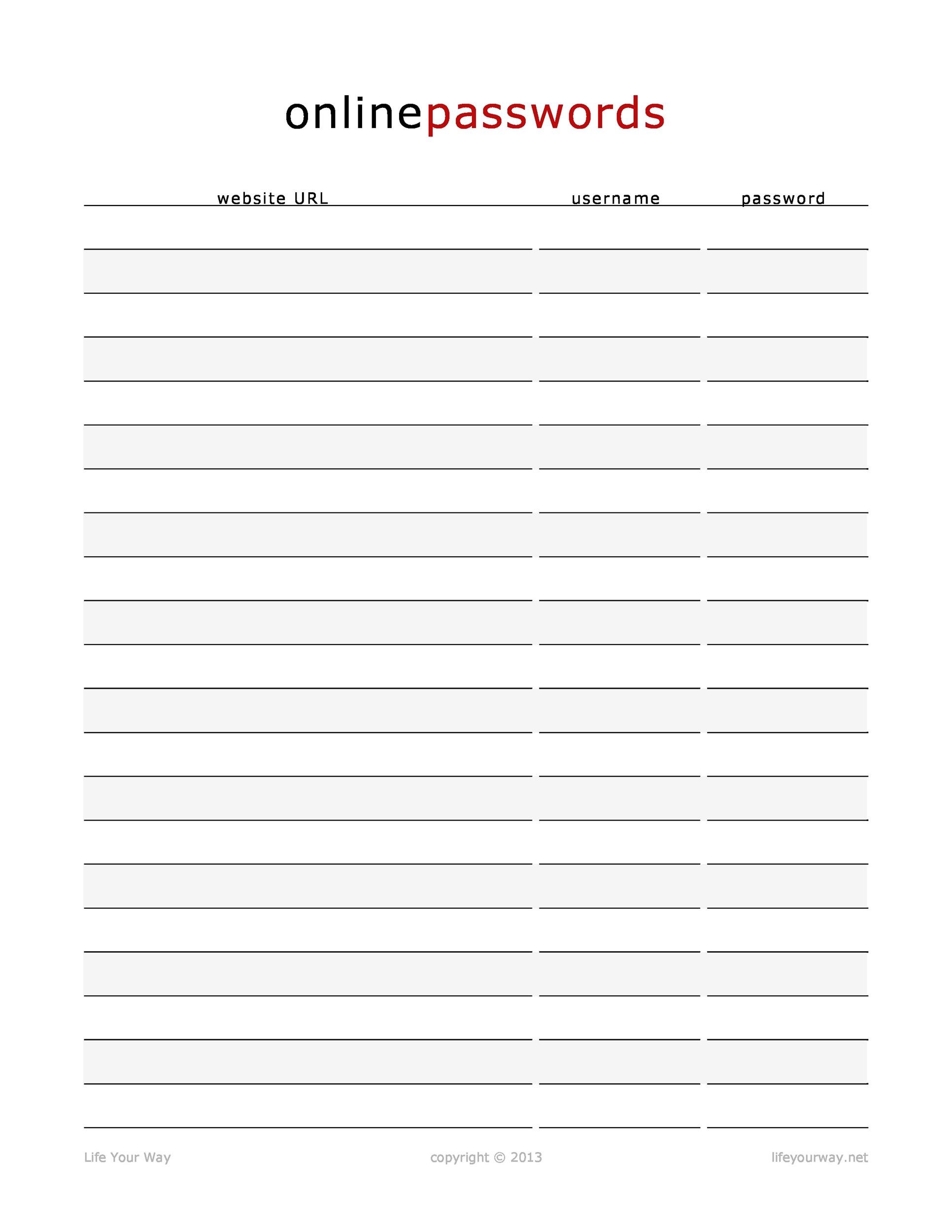

The users can then be attached (or not) to (multiple) groups. It is possible to create as many users and groups of users as needed. The way authorization is implemented in SonarQube is pretty standard. (select uuid from users where login='mylogin'), If you've deleted admin and subsequently locked out the other users with global administrative permissions, you'll need to re-grant admin to a user with the following query: INSERT INTO user_roles(uuid, user_uuid, role)
#Login information template update
If you changed and then lost the admin password, you can reset it using the following query: update users set crypted_password='100000$t2h8AtNs1AlCHuLobDjHQTn9XppwTIx88UjqUm4s8RsfTuXQHSd/fpFexAnewwPsO6jGFQUv/24DnO55hY6Xew=', salt='k9x9eN127/3e/hf38iNiKwVfaVk=', hash_method='PBKDF2', reset_password='true', user_local='true' where login='admin' When installing SonarQube, a default user with Administer System permission is created automatically: Tokens should be passed as the value of the sonar.login property. Once established, a token is the only credential needed to run an analysis. From here, click in the user's Tokens column to see the user's existing tokens, and either revoke existing tokens or generate new ones. Similarly, all non-local accounts will be authenticated only against the external tool.Īn Administrator can manage tokens on a user's behalf via Administration > Security > Users. When you create a user in SonarQube's own database, it is considered local and will only be authenticated against SonarQube's own user/group database rather than against any external tool (LDAP, Active Directory, Crowd, etc.). See the Authentication & Authorization section of the Plugin Library.



 0 kommentar(er)
0 kommentar(er)
